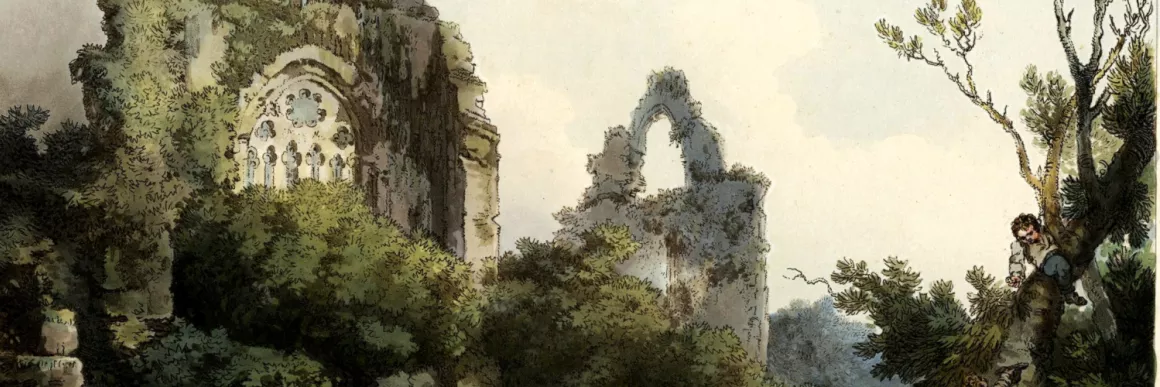Romantic texts have repeatedly played important roles in the development of what we call literary theory. For instance, all of the essays collected in the 1979 Deconstruction and Criticism volume, which did so much to announce deconstruction in the United States, were originally meant to focus on the poetry of P. B. Shelley. In the intervening decades, Romanticists have often been hired as literary theorists, and so the teaching of Romanticism has frequently been paired with the teaching of literary theory. For Teaching Romanticism and Literary Theory, contributors reflect on the ways they integrate literary theory into their teaching of Romanticism and reflect on the continued importance of literary theory to Romanticism and the work of Romanticists. Collectively the essays broach a range of questions, but perhaps most importantly: why teach Romanticism and literary theory today? How does teaching Romanticism with literary theory alter our ideas of both?
Abstract
Romantic texts have repeatedly played important roles in the development of what we call literary theory. For instance, all of the essays collected in the 1979 Deconstruction and Criticism volume, which did so much to announce deconstruction in the United States, were originally meant to focus on the poetry of P. B. Shelley. In the intervening decades, Romanticists have often been hired as literary theorists, and so the teaching of Romanticism has frequently been paired with the teaching of literary theory.
Abstract
This piece relates some strategies for creating a generative tension between theory and romanticism in the classroom. Its examples are Badiou's strident critiques of romanticism as the "philosopheme" of historicism and Kant's imbrication of "theory" and "practice." At stake more broadly is the problematic notion of use (and misuse), so common in recent discussions about the humanities: how to "use" literature—which literature, or which theory, and for what ends.
Abstract
This essay outlines how one might lead a discussion of William Wordsworth’s sonnet “Steamboats, Viaducts, and Railways” (1833) in relation to Georges Bataille’s chapter “The Rise of Industry” from his Theory of Religion (1973). Such a pairing would attune the classroom conversation to questions of intimacy as they arise in the poem and in Bataille, and can show students how to read a poem for more than its apparent argument.
Abstract
If a conversation between poetry and philosophy can be said to have inhabited the language and literature of Romanticism since its inception—and to have constituted the driving force of Romanticism-as-theory, what happens to this conversation when it crosses linguistic and cultural borders? What are the limits of the theory internal to Romanticism and of the theories that Romanticism generates beyond the confines of an increasingly monophone globalism?
Abstract
Cumbersome terminology aside, this essay demonstrates the use and interest of teaching the debated concept of lyric ontology in the Romantic Poetry classroom across undergraduate and graduate levels. It moves from a narrative introduction on Robert Frost's very material practice of "lyric overhearing" on his Derry, New Hampshire party-phone line, to extended consideration of the recent scholarly turn to historical poetics in the study of nineteenth century British and American Poetry.
Abstract
Whether or not we believe the reports of theory's imminent or absolute demise, recent calls (from Latour, Sedgwick, Best and Marcus) to move beyond ideology critique invite us to rethink our teaching as well as our research practices. This essay asks what it would mean to exchange an emphasis on "theory" for one on "method." My suggestion is that focusing on method encourages a cultivation of knowledge as, specifically, a knowing-how, a form of intellectual labor that values adventurous collaboration over private virtuosity.

